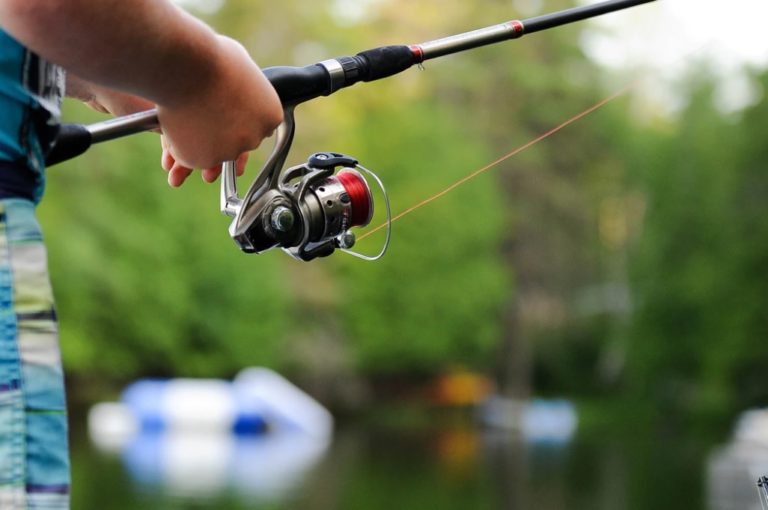Monofilament vs Fluorocarbon: If you are into fishing, you are very well aware that your fishing line is the only connection you have with the fish in the water. Anglers have an endless choice to look into varying from rods and reels to lures, plastics, weights, and so many more. But one of the most essential aspects that fishermen need to ponder over is the fishing line. Most of the people into fishing prefer using braided fishing line as it is by far the strongest and many consider it to be the best.
Many have been found to use monofilament and fluorocarbon though their usage is not so much clear as that of the braided line. They have become quite popular in the market, and many times people make the mistake of getting confused between the two. Both these two types have their own features which serve to the advantage of the various anglers depending on their preference and mode of fishing. Here we will be discussing Monofilament vs Fluorocarbon, so don’t miss it.

Monofilament vs Fluorocarbon: Top Differences Discussed
When comparing monofilament with fluorocarbon, the following points can be given a thoughtful read. Here we have discussed difference between monofilament and fluorocarbon.
1.Visibility
The best feature of fluorocarbon is its lack of visibility, and this gives the best advantage to fluorocarbon fishing line over the nylon monofilament line. In simple terms, it can be said that fluorocarbon fishing line low visibility due to the light refractive index that is similar to that of freshwater and much useful in fishing techniques.
2.Strength
Many aspects are to be considered when talking from the viewpoint of strength. In the short term, fluorocarbon is much harder than the monofilament, and this leads to higher abrasion resistance which is very helpful in situations where fishing is done around huge structures. Again, fluorocarbon is water-resistant and hence cannot absorb water all through. People who are the supporters of monoclines are very much aware of the fact that how much water it can absorb and which in future can result in weakening of the fishing lines. If you’re still confused whether to purchase fluorocarbon or monofilament, then keep reading.
3.Density
The greater density of fluorocarbon than water makes its sinking nature acute. This represents an advantage for the bottom anglers on the one hand, whereas on the other it causes difficulty when drifting, staking flies or bobber fishing. In monofilaments, it is seen that they have a proneness to greater diamantes and also have neutral buoyancy that helps it in the slow sinking and eventually affects how profound the bait is.
4.Stretch
If you are a regular angler, you are bound to know how elastic the monofilaments are, and with a simple grasp at each end and with a pull, it can be stretched enormously. A good amount of stretch helps to absorb the shock while the fish reacts vehemently, when you are trying to catch it. But in a case when the catch is not that aggressive, the less stretch helps with the right amount of sensitivity. In short, elasticity is indeed a prime point to consider if we discuss hot topic like monofilament vs fluorocarbon.
5.Knotability
It is one of the vital aspects to consider the knotability conditions while choosing a fishing line which most of the anglers happen to overlook. It is very important to do thorough research and select a material with great knotting attributes as the knot happens to be the weakest link in your entire setup. In this regard, when it comes to knotability features, the monofilament lies far ahead and is superior to fluorocarbon by a huge margin. The monofilaments are very much flexible in nature which helps to have high knotting capabilities. As a result of this, the monofilament is the best option to fasten big game leaders that are associated with enormous diameter lines.
From the above discussion of Monofilament vs Fluorocarbon, one thing is clear that there is no definite answer as to which of the two materials ranks above the other. Monofilaments are cheap and reliable and a great option for an average user.
In contrast, the fluorocarbon lines are much bigger in size and expensive and can be used by an experienced angler. It gives the greater density, offering a better feel of your bait and delivers high abrasion resistance. But to conclude, it can be said that both can be used with much success and significance depending on your choice of the fishing condition, fish type and the budget you have in mind.
- Freediving Fins vs Scuba Fins: A Detailed Comparison - February 21, 2022
- How to Use Hammock Straps (A Step by Step Guide) - February 21, 2022
- 8 Best Places to Fish in Ohio (With Complete Details) - February 20, 2022
